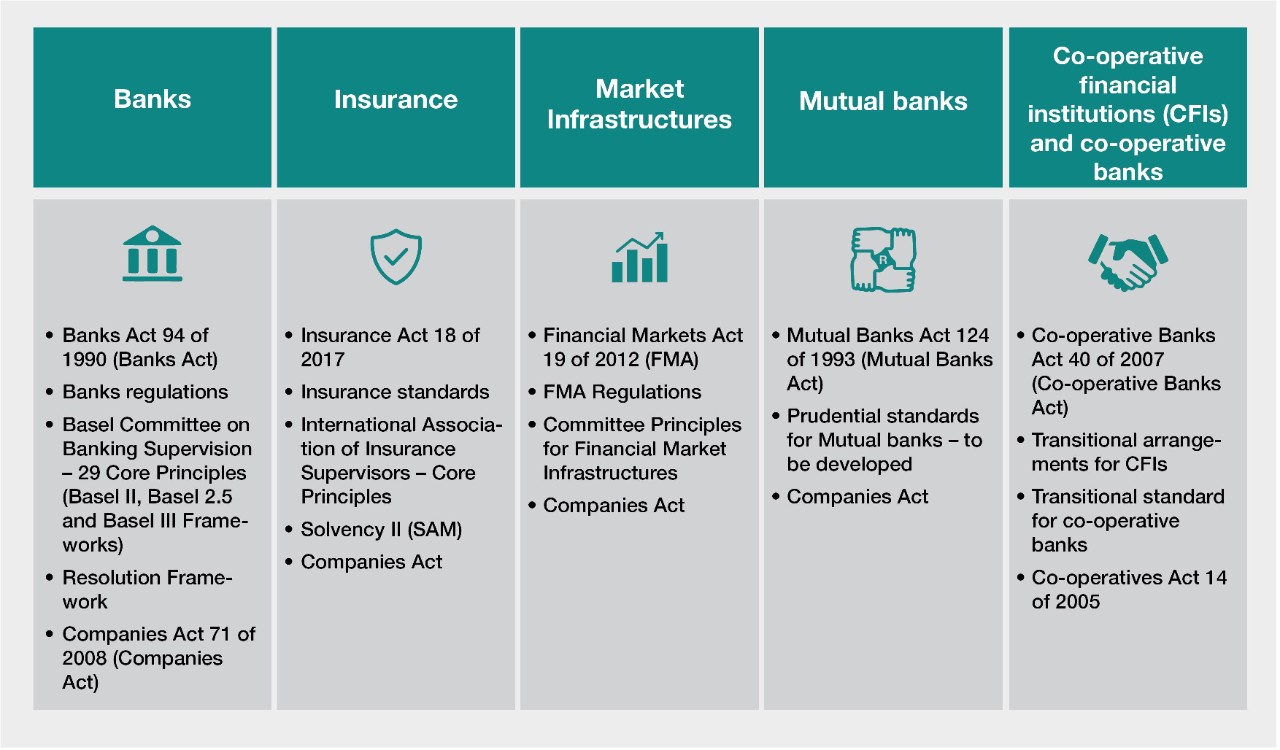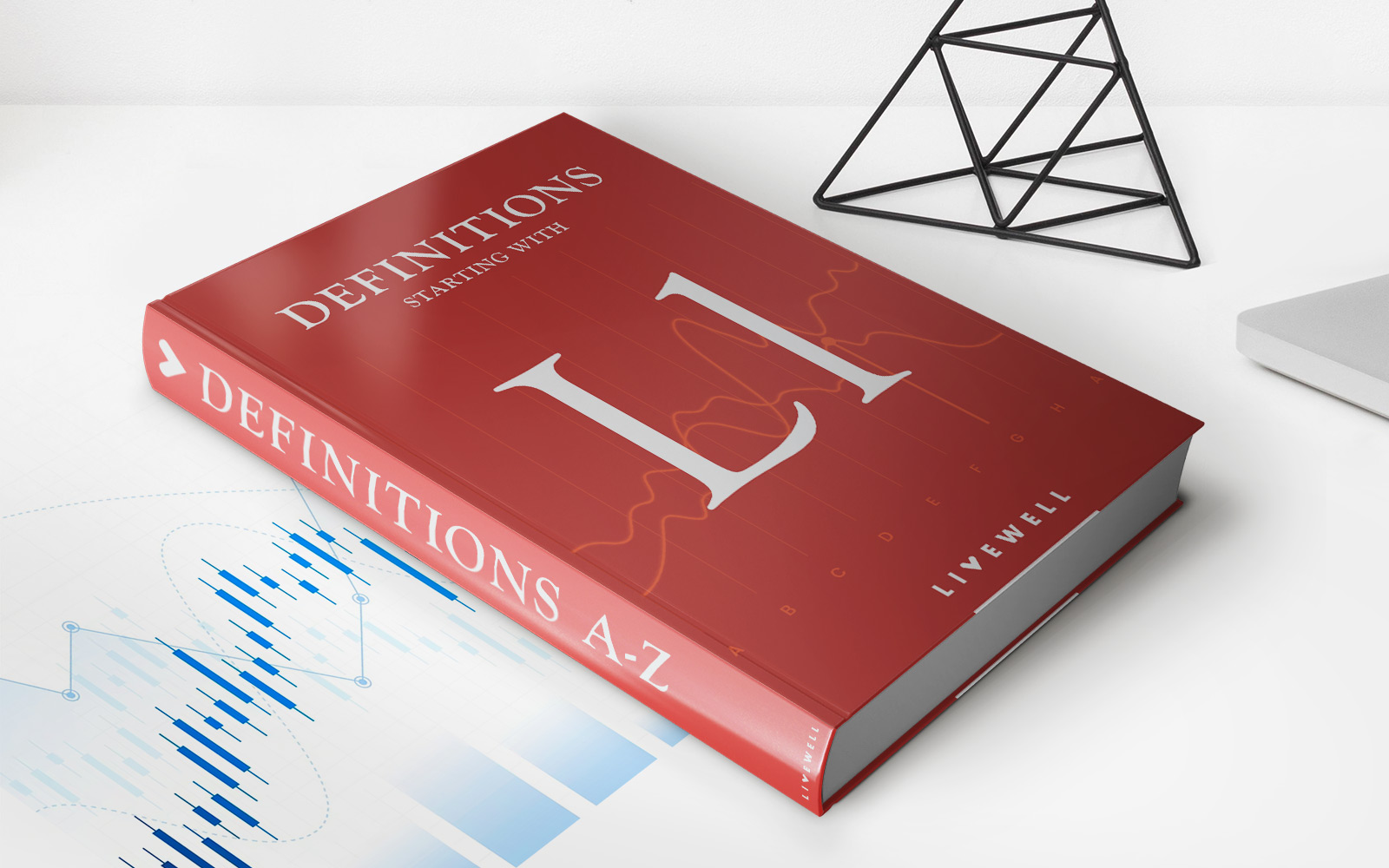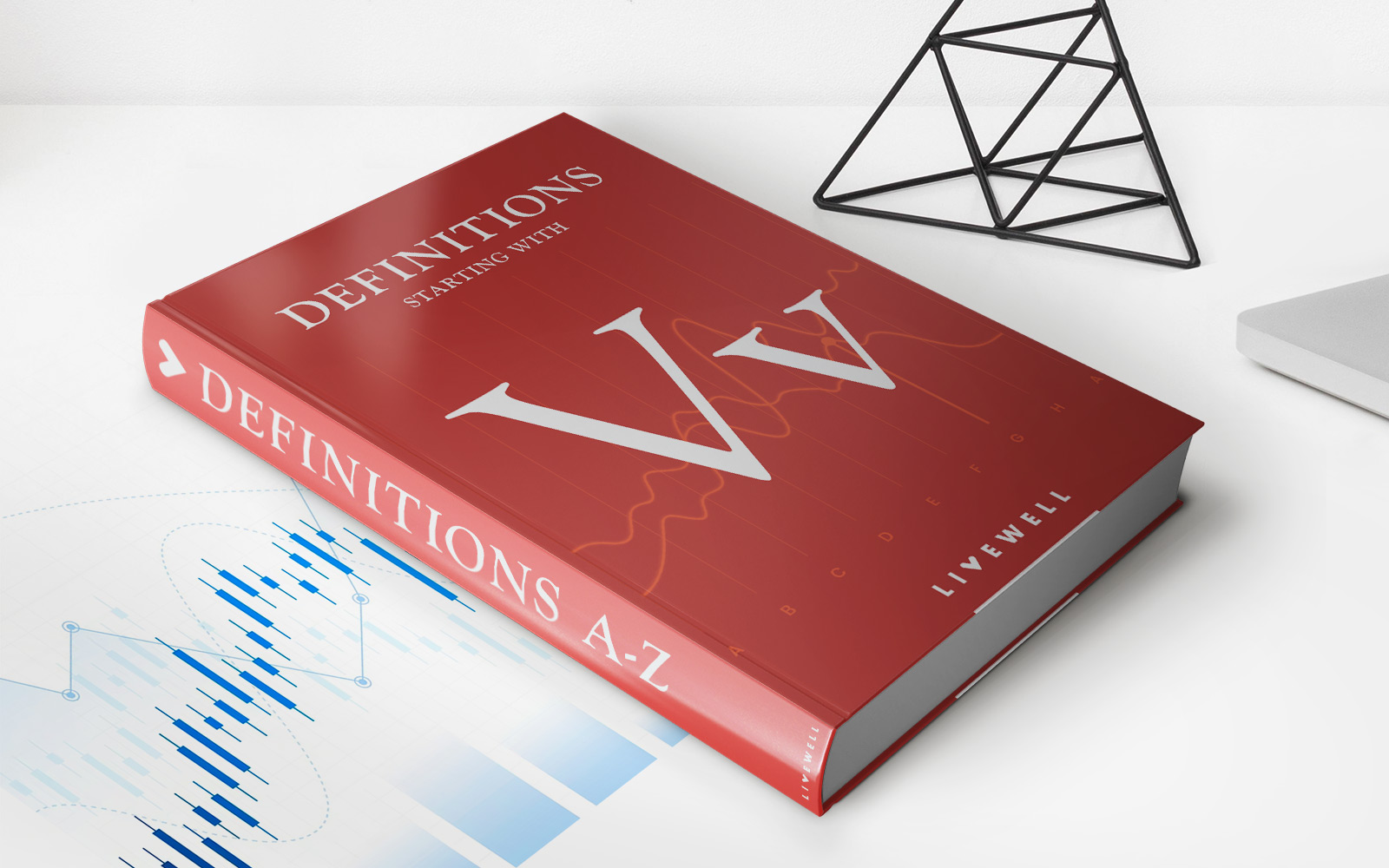

Finance
How To Lower My Student Loans
Published: January 20, 2024
Looking for ways to lower your student loans? Our finance experts can help you navigate the process and find the best strategies to reduce your student loan debt.
(Many of the links in this article redirect to a specific reviewed product. Your purchase of these products through affiliate links helps to generate commission for LiveWell, at no extra cost. Learn more)
Table of Contents
Introduction
Student loans can be a burden for many individuals, causing financial stress and limiting their ability to achieve future goals. If you find yourself struggling to manage your student loan payments, you’re not alone. Fortunately, there are strategies available to help lower your student loans and make them more manageable.
Understanding the intricacies of student loans is crucial in your pursuit of lowering the repayment amount. Whether you’re a recent graduate or have been paying off your loans for years, it’s essential to be knowledgeable about the options and resources available to you.
In this article, we will explore various strategies and programs that can potentially lower your student loan payments. We’ll discuss repayment options, consolidating loans, income-driven repayment plans, public service loan forgiveness, refinancing, and provide practical tips to help you reduce your student loan burden.
Keep in mind that every individual’s circumstances are unique, and not all strategies will be the right fit for everyone. It’s essential to assess your specific situation and consult with a financial advisor or loan servicer to determine the best course of action for you.
Now, let’s delve into the details of how you can take control of your student loans and work towards reducing your monthly payments.
Understanding Student Loans
Before we dive into strategies for reducing student loan payments, it’s crucial to have a solid understanding of what student loans are and how they work.
Student loans are financial aid provided to students to help cover the costs of their education. These loans often come with interest rates and must be repaid over a specified period. There are two main types of student loans: federal loans and private loans.
Federal student loans, such as Direct Subsidized Loans, Direct Unsubsidized Loans, and Federal Perkins Loans, are funded by the government and typically offer more favorable terms and flexible repayment options compared to private loans.
Private student loans, on the other hand, are obtained through private lenders, such as banks or credit unions. These loans usually have higher interest rates and fewer repayment options compared to federal loans.
When it comes to reducing student loan payments, understanding the terms and conditions of your loans is essential. It’s crucial to know the interest rates, repayment terms, and any available options for loan forgiveness or consolidation.
Furthermore, familiarize yourself with the different types of student loan repayment plans. The standard repayment plan typically involves fixed monthly payments over a specified period. There are also income-driven repayment plans, which adjust your monthly payments based on your income and family size.
By having a clear understanding of the various aspects of your student loans, including the type of loans you have, the repayment terms, and the available repayment plans, you can make informed decisions about how to lower your student loan payments effectively.
Exploring Repayment Options
When it comes to lowering your student loan payments, it’s essential to explore the various repayment options available to you. Here are a few strategies to consider:
- Standard Repayment: The standard repayment plan is the default option for most student loans. It involves fixed monthly payments over a specific period, usually 10 years. While this plan may result in higher monthly payments, it can help you pay off your loans faster and potentially save on interest in the long run.
- Extended Repayment: If your student loan debt is substantial, you may qualify for an extended repayment plan. This plan extends the repayment period beyond the standard 10 years, typically up to 25 years, resulting in lower monthly payments. However, keep in mind that you may end up paying more in interest over the life of the loan.
- Graduated Repayment: Graduated repayment plans start with lower monthly payments that increase gradually over time, usually every two years. This option is beneficial if you expect your income to increase significantly in the future. While your initial payments may be lower, they will gradually rise over time.
- Income-Driven Repayment (IDR) Plans: Income-driven repayment plans adjust your monthly payments based on your income and family size. These plans include options such as Income-Based Repayment (IBR), Pay As You Earn (PAYE), Revised Pay As You Earn (REPAYE), and Income-Contingent Repayment (ICR). These plans can potentially lower your monthly payments to a more manageable percentage of your income.
Exploring these repayment options is essential to find one that aligns with your financial situation and goals. It’s important to note that some plans may require recertification annually and may result in longer repayment periods and potentially higher overall interest paid.
Taking the time to evaluate your options and crunch the numbers can help you determine the most suitable repayment plan for your needs. This way, you can lower your monthly payments while still making progress towards becoming debt-free.
Consolidating Student Loans
If you have multiple student loans, consolidating them can be a viable option to lower your monthly payments and simplify the repayment process.
Student loan consolidation involves combining multiple loans into a single loan with a fixed interest rate and a new repayment term. This can make it easier to manage your loans by having a single monthly payment instead of multiple payments to different loan servicers.
One of the primary benefits of consolidation is the potential to secure a lower interest rate. When you consolidate your student loans, the new interest rate is determined by taking the weighted average of the interest rates on your existing loans. This can result in a more favorable interest rate, saving you money over the life of your loan.
Additionally, consolidating student loans typically extends the repayment term, which can lower your monthly payments. However, keep in mind that extending the repayment term can result in paying more interest in the long run.
It’s important to note that loan consolidation is only available for federal student loans. Private student loans are not eligible for consolidation through federal programs. If you have both federal and private loans, you may want to consider refinancing your private loans separately to potentially secure a lower interest rate.
Before you proceed with consolidating your student loans, it’s essential to carefully evaluate the pros and cons. Consider factors such as your current interest rates, repayment terms, and any borrower benefits or protections you may lose by consolidating. Consulting with a financial advisor or loan servicer can help you determine if consolidation is the right solution for you.
Remember, the goal of student loan consolidation is to simplify your repayment process and potentially lower your monthly payments by securing a more favorable interest rate. By consolidating your loans, you can better manage your debt while working towards becoming financially free.
Income-Driven Repayment Plans
If you’re struggling with high monthly student loan payments, income-driven repayment (IDR) plans can provide significant relief. These plans base your monthly payments on your income and family size, making them more manageable and affordable.
There are several types of income-driven repayment plans available:
- Income-Based Repayment (IBR): IBR caps your monthly payments at either 10% or 15% of your discretionary income, depending on when you borrowed your loans. The repayment period is typically 20 or 25 years, and any remaining balance may be eligible for forgiveness.
- Pay As You Earn (PAYE): PAYE sets your monthly payments at 10% of your discretionary income. To qualify for PAYE, you must be a new borrower on or after October 1, 2007, and have received a disbursement of a Direct Loan on or after October 1, 2011. The repayment period is generally 20 years.
- Revised Pay As You Earn (REPAYE): REPAYE is available to all borrowers regardless of when they received their loans. The monthly payments are 10% of your discretionary income, and the repayment period is typically 20 or 25 years. One unique feature of REPAYE is that, in certain situations, your payment may be lower than the interest that accrues, resulting in interest subsidies.
- Income-Contingent Repayment (ICR): ICR pegs your monthly payments to either 20% of your discretionary income or what you would pay on a fixed 12-year repayment plan, based on your income. The repayment period is usually 25 years, and any remaining balance may be eligible for forgiveness.
Income-driven repayment plans can be beneficial, especially if you have a low income or high student loan debt. Keep in mind that your monthly payments may change each year as your income and family size are recalculated.
It’s important to periodically recertify your income and family size to ensure you’re on the appropriate repayment plan. Failure to recertify can result in an increase in your monthly payment amount. Make sure to stay on top of the recertification process and submit the required documentation in a timely manner.
While IDR plans may extend your repayment period and potentially increase the total interest paid, they can be a lifeline for those facing financial hardship. These plans offer flexibility and the possibility of loan forgiveness after a specific period, making them an attractive option for many borrowers.
Public Service Loan Forgiveness
For individuals working in public service professions, the Public Service Loan Forgiveness (PSLF) program offers a potential avenue to have their student loans forgiven.
The PSLF program was established to incentivize individuals to pursue careers in public service by forgiving the remaining balance on their eligible federal student loans after making 120 qualifying monthly payments. To be eligible for PSLF, you must work full-time for a qualifying employer, such as a government organization, non-profit organization, or certain types of public service organizations.
Here are some key factors to consider regarding PSLF:
- Qualifying Loans: Only federal direct loans are eligible for PSLF. If you have loans through the Federal Family Education Loan (FFEL) program or the Perkins Loan program, you will need to consolidate them into a direct consolidation loan to become eligible.
- Qualifying Payments: To make qualifying payments, you must enroll in an income-driven repayment plan. Only payments made after October 1, 2007, and while working full-time for a qualifying employer count towards the requirement of 120 payments. These payments must also be made on time and for the full amount.
- Employment Certification: It’s crucial to submit an Employment Certification Form (ECF) annually or whenever you switch employers to verify your qualifying employment. This form helps to track your progress towards the 120 payment requirement and ensures that you’re on the right track for loan forgiveness.
- Forgiveness Process: After you’ve made 120 qualifying payments, you can apply for PSLF. It’s recommended to submit the PSLF application to the loan servicer once you’ve made all payments to initiate the forgiveness process. Upon approval, the remaining balance on your loans will be forgiven, tax-free.
It’s important to note that PSLF is a complex program, and meeting all the qualifications can be challenging. It’s crucial to understand the requirements, keep accurate records, and stay in touch with your loan servicer to ensure you’re on the right track for loan forgiveness.
However, if you meet the criteria, PSLF can offer significant financial relief by eliminating the remaining balance on your student loans, allowing you to focus on your career in public service without the burden of student loan debt.
Refinancing Student Loans
If you’re looking to lower your student loan payments and potentially save money on interest, refinancing your student loans can be a smart move. Refinancing involves taking out a new loan with a private lender to pay off your existing loans.
Here are some key points to consider when it comes to refinancing student loans:
- Lower Interest Rate: One of the primary reasons borrowers choose to refinance is to secure a lower interest rate. If your credit score has improved since you initially took out your loans or you have a stable income, you may qualify for a lower interest rate, potentially saving you thousands of dollars over the life of your loan.
- Consolidation of Loans: Refinancing allows you to consolidate multiple student loans into a single loan. This simplifies your repayment process by having just one monthly payment instead of multiple payments to different lenders. Consolidation can help streamline your finances and make it easier to manage your student loan debt.
- Flexible Repayment Terms: When you refinance, you have the option to choose new repayment terms that fit your financial situation. You can opt for a longer repayment term to lower your monthly payments or a shorter term to pay off your loans faster. However, extending the repayment term may result in paying more interest over time.
- Loss of Federal Benefits: It’s essential to be aware that refinancing federal student loans with a private lender means losing federal benefits like income-driven repayment plans, loan forgiveness programs, and deferment/forbearance options. If you anticipate needing these benefits in the future, carefully consider the trade-offs before proceeding with refinancing.
- Creditworthiness and Cosigner: Lenders typically consider your creditworthiness when refinancing student loans. If you have a good credit score, you may qualify for better interest rates. If your credit history is limited or your score is lower, having a cosigner with good credit can improve your chances of securing a lower interest rate.
Before refinancing, take the time to research and compare different lenders, interest rates, and terms. Consider getting quotes from multiple lenders and evaluate the potential savings to ensure that refinancing is the right decision for you.
Remember to weigh the benefits of a lower interest rate and simplified repayment against the loss of federal benefits. Make an informed decision that aligns with your financial goals and helps you effectively manage your student loans.
Tips for Lowering Student Loan Payments
Lowering your student loan payments can provide much-needed financial relief and help you better manage your debt. Here are some tips to consider:
- Consider Income-Driven Repayment Plans: If you have federal student loans, explore income-driven repayment plans that adjust your monthly payments based on your income. These plans can significantly lower your payments and make them more affordable.
- Review your Repayment Options: Assess whether different repayment plans, such as extended or graduated repayment, better suit your current financial situation. Remember, while these options can lower your monthly payments, they may result in paying more interest over time.
- Make Extra Payments: Whenever possible, consider making extra payments towards your student loans. Even small additional amounts can help reduce the principal balance and overall interest you’ll pay over the life of the loan.
- Explore Loan Forgiveness Programs: Research loan forgiveness programs specific to your field of work. For example, the Public Service Loan Forgiveness (PSLF) program offers loan forgiveness to individuals working in qualifying public service jobs after making 120 qualifying payments.
- Refinance your Loans: If you have good credit and stable income, refinancing your student loans with a private lender can potentially lower your interest rate and decrease your monthly payments. However, keep in mind that refinancing federal loans with a private lender means losing federal benefits.
- Utilize Deferment or Forbearance: If you’re facing temporary financial hardship, consider applying for deferment or forbearance. These options allow you to temporarily pause or reduce your student loan payments without going into default. Keep in mind that interest may still accrue during this period.
- Take Advantage of Employer Benefits: Some employers offer student loan repayment assistance or benefits as part of their employee benefits package. Check with your employer to see if such programs are available and if you qualify.
- Reduce Expenses and Increase Income: Look for ways to trim your expenses and increase your income to free up more money for your student loan payments. Create a budget, cut unnecessary expenses, and consider taking on side gigs or freelance work to generate extra income.
- Communicate with your Loan Servicer: If you’re struggling to make your payments, reach out to your loan servicer. They may be able to offer alternative options or a temporary repayment plan that better suits your current financial situation.
Remember, before implementing any strategies to lower your student loan payments, carefully evaluate the potential pros and cons and consider your long-term financial goals. Consult with a financial advisor or loan servicer to determine the best approach for your individual circumstances.
Conclusion
Student loans can be a significant burden for individuals, but there are several strategies available to help lower your monthly payments and make them more manageable. By understanding the nuances of your student loans and exploring various repayment options, you can take control of your debt and work towards financial freedom.
Start by gaining a comprehensive understanding of your student loans, including the type of loans you have, the repayment terms, and the available repayment plans. This knowledge will empower you to make informed decisions about how to effectively lower your student loan payments.
Consider exploring repayment options such as income-driven repayment plans, which base your payments on your income and family size. Consolidating your loans or refinancing them with a private lender may also be viable solutions to lower your monthly payments and potentially secure better interest rates.
Additionally, be aware of loan forgiveness programs like Public Service Loan Forgiveness (PSLF), which can provide significant relief for those working in public service professions. Investigate the option of making extra payments when feasible and consider seeking employer assistance or taking advantage of deferment or forbearance options during times of financial hardship.
Remember to review your budget, cut unnecessary expenses, and explore ways to increase your income to free up more money for your student loan payments.
In conclusion, lowering your student loan payments requires careful consideration and proactive steps. By implementing the tips and strategies outlined in this article and seeking guidance from financial professionals, you can navigate the student loan landscape and reduce the financial burden of your loans. Take control of your student loans today and pave the way for a brighter financial future.














